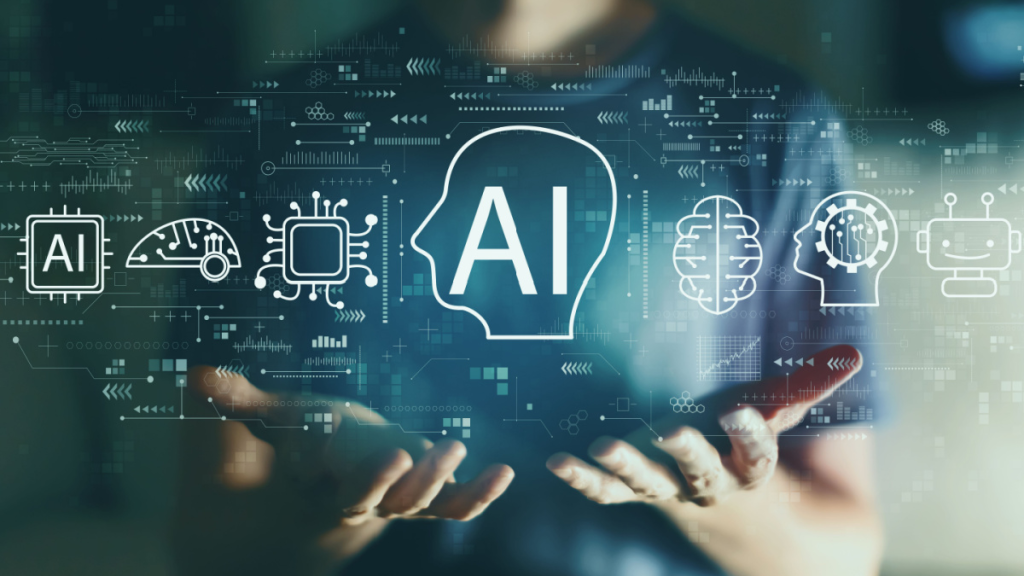As computerized reasoning (man-made intelligence) innovation keeps on progressing, recognizing human-created and artificial intelligence produced content has become progressively significant. Artificial intelligence finders, or computer based intelligence content identifiers, are instruments intended to recognize and separate simulated intelligence produced text and media from human-made content. These instruments assume a pivotal part across different areas, from schooling to news-casting, guaranteeing content genuineness and keeping up with trust. Here is a top to bottom gander at artificial intelligence identifiers, their importance, how they work, and their future potential.
What Are man-made intelligence Indicators?
Contents
Man-made intelligence finders are sophisticated algorithms and programming frameworks designed to analyze and determine the origin of content. They identify patterns, linguistic features, and various indicators that differentiate human-created content from that generated by artificial intelligence. As AI-generated content becomes increasingly advanced, the demand for accurate AI detectors rises, making these tools essential for maintaining content integrity.
Significance of man-made intelligence Finders
Scholarly Respectability: In instructive establishments, computer based intelligence identifiers assist with maintaining scholastic genuineness by recognizing artificial intelligence produced tasks. This guarantees that understudies’ work genuinely mirrors their own comprehension and endeavors.
Editorial Believability: Writers and news sources depend on simulated intelligence finders to check the legitimacy of articles and reports, forestalling the spread of falsehood and keeping up with public trust.
Content Balance: Virtual entertainment stages and online networks use computer based intelligence identifiers to distinguish and oversee simulated intelligence produced content like spam and phony news, cultivating a more secure web-based climate.
How artificial intelligence Locators Work
Artificial intelligence identifiers utilize a few procedures to dissect and characterize content:
Etymological Investigation: Human composing normally incorporates novel dialect use, informal articulations, and anomalies that artificial intelligence produced text could need. Computer based intelligence finders dissect these phonetic elements to recognize whether the substance is human or artificial intelligence delivered.
Factual Examination: computer based intelligence created content frequently displays explicit measurable examples, like reliable sentence lengths or unsurprising word frequencies. Man-made intelligence finders think about these examples against known benchmarks for human and artificial intelligence created content.
AI: Advanced indicators of human-made intelligence utilize AI detectors trained on vast datasets comprising both human-created and machine-generated content. These models learn to identify subtle differences and enhance their accuracy over time.
Difficulties and Restrictions
Notwithstanding their headways, artificial intelligence identifiers face a few difficulties:
Advancing artificial intelligence Innovation: As artificial intelligence models become more modern, they create content that intently mirrors human composition, making it harder for artificial intelligence locators to identify. Nonstop updates and upgrades to man-made intelligence identifiers are important to keep pace.
A word counter is an indispensable device for essayists and editors, offering various advantages. It guarantees accuracy by assisting authors with remaining inside word limits, working on the intelligibility of the text by empowering compact composition. For experts, it helps with effective using time productively, guaranteeing that each part of the substance is advanced. In computerized advertising, it upgrades content for Web optimization, improving perceivability on web crawlers. Present day word counters additionally offer elements like person count, perusing time assessment, watchword thickness examination, and coordinated language structure and spell check, making them key for making excellent substance.
Misleading Up-sides and Negatives: computer based intelligence locators can now and then misclassify content, erroneously marking human-composed text as simulated intelligence produced as well as the other way around. Adjusting responsiveness and exactness is a continuous test.
Moral Contemplations: The utilization of man-made intelligence finders brings up moral issues about security and observation. Guaranteeing these instruments are utilized capably and straightforwardly is urgent.
Fate of man-made intelligence Identifiers
The eventual fate of artificial intelligence identifiers lies in persistent development and transformation. As man-made intelligence created content turns out to be more common, the interest for strong identification techniques will develop. Future headways might include:
Enhanced Calculations: The development of advanced complex calculations designed to analyze phonetic nuances and context-specific elements of content in greater detail.
Combination with Different Advancements: Consolidating artificial intelligence identifiers with other confirmation innovations, for example, blockchain, to improve content credibility.
Easy to understand Instruments: Making open and simple to-utilize artificial intelligence indicator apparatuses for teachers, columnists, and content arbitrators.
End
Artificial intelligence identifiers play a crucial role in maintaining the integrity and authenticity of digital content. As AI technology continues to evolve, so must our methods for detecting AI-generated material. By understanding the significance, functionality, and challenges of AI identifiers, we can better navigate the digital landscape and ensure a future where authenticity and trust remain paramount.

